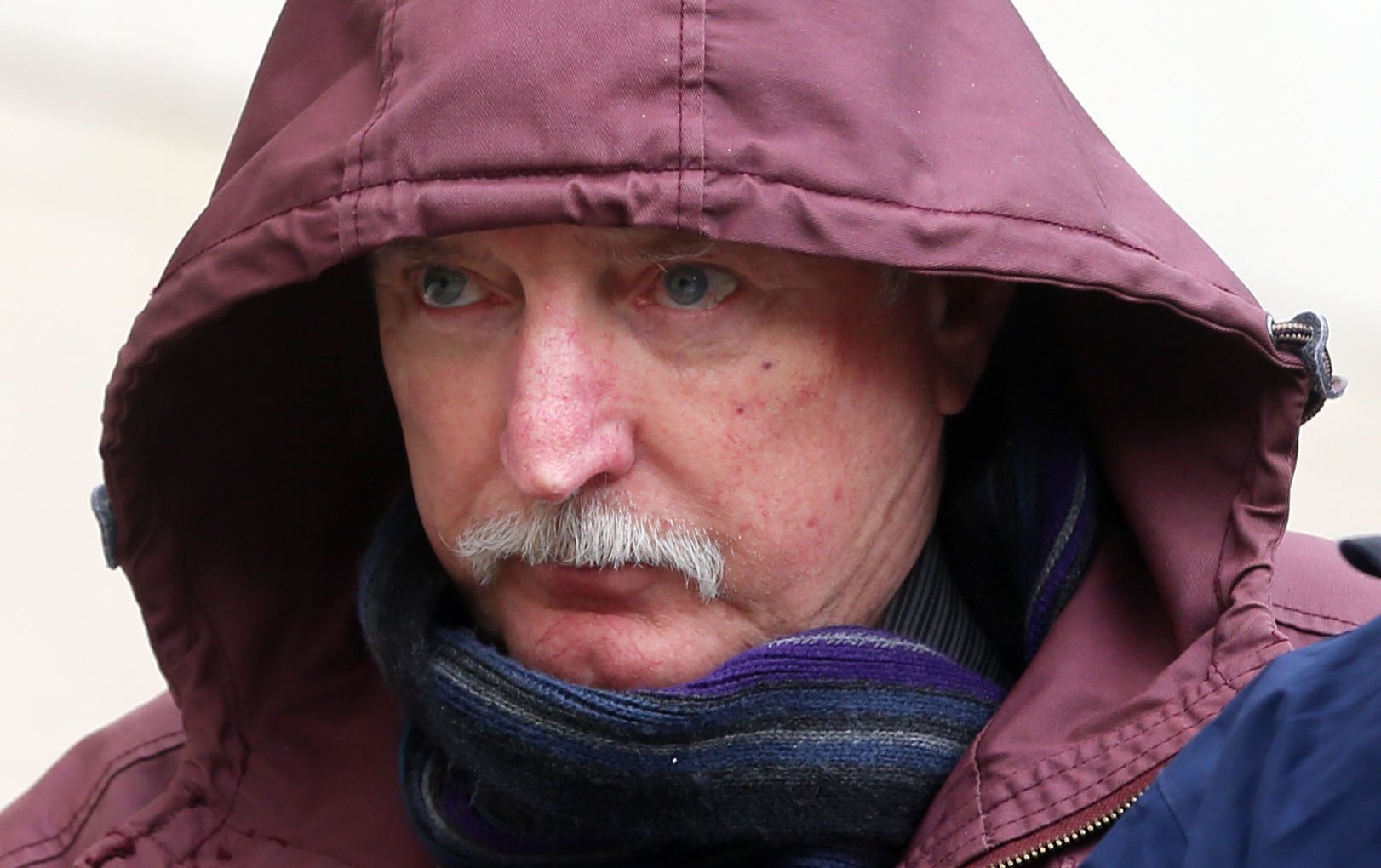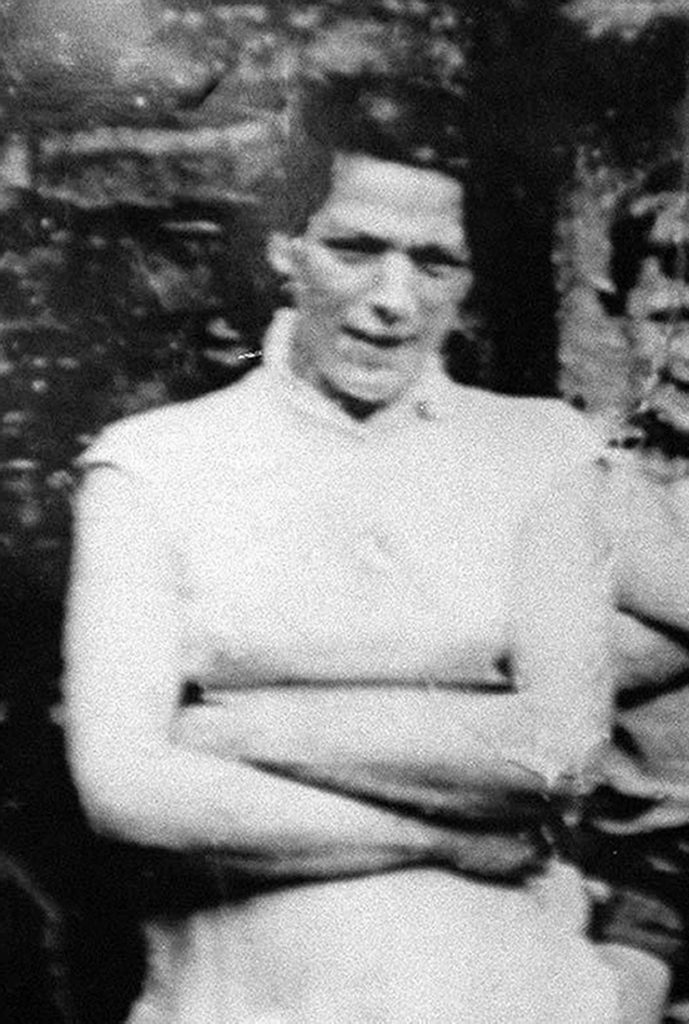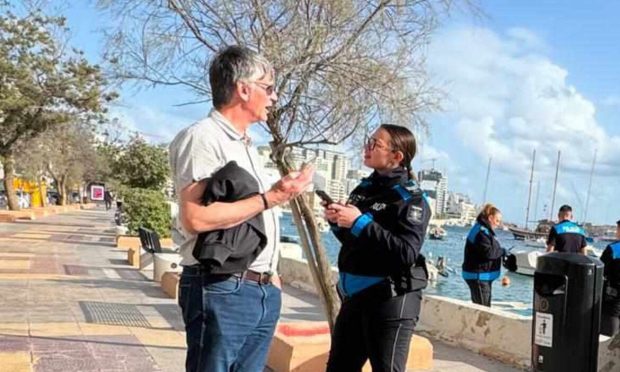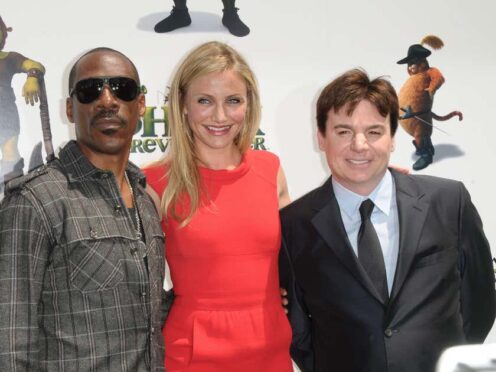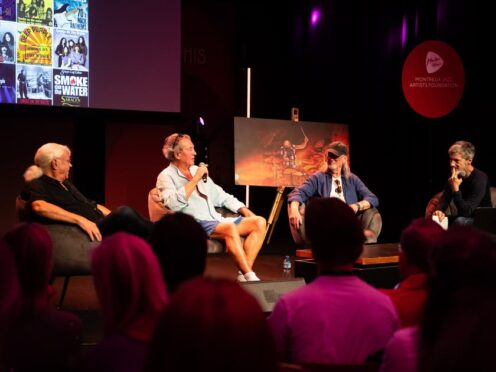Veteran republican Ivor Bell will stand trial for involvement in the 1972 killing of mother of 10 Jean McConville, a judge in Northern Ireland has ruled.
Bell, 79, from Ramoan Gardens in west Belfast, is charged with two counts of soliciting the widow’s murder.
The pensioner, who is also charged with IRA membership, appeared at Belfast Magistrates’ Court, where he was told the high-profile case would proceed to the Crown Court.
District Judge Amanda Henderson said: “There is a case to answer at this stage.”
Bell, denies all the charges against him.
He was originally charged with aiding and abetting the murder but the charges were subsequently amended by the Public Prosecution Service.
Judge Henderson’s decision followed a two-day preliminary inquiry at the Laganside court complex last week.
The judge said she was “satisfied” the strength of the evidence was sufficient to meet the threshold to return the accused for trial.
Throughout the brief hearing, white-haired, moustachioed Bell stood in the dock beside a prison guard, wearing a blue coat, grey and white striped shirt and grey cardigan.
On the advice of his solicitor he replied “no” when asked if he had any response or intended to call witnesses.
Mrs McConville, 37, was dragged from her home in Belfast’s Divis flats complex by an IRA gang of up to 12 men and women in late 1972.
She was accused of passing information to the British Army – an allegation later discredited by the Northern Ireland Police Ombudsman.
The widow was shot in the back of the head and secretly buried 50 miles from her home, becoming one of the “Disappeared” victims of the sectarian conflict.
It was not until 1999 that the IRA admitted the murder when information was passed to police in the Irish Republic.
Her remains were eventually found on Shelling Hill beach in Co Louth by a member of the public in August 2003.
Nobody has been convicted of her murder.
Part of the case against Bell is based on the content of tapes police secured from an oral history archive collated by Boston College in the United States.
Academics interviewed a series of former republican and loyalist paramilitaries for their Belfast Project on the understanding that the accounts of the Troubles would remain unpublished until their deaths.
But that undertaking was rendered meaningless when Police Service of Northern Ireland (PSNI) detectives investigating Mrs McConville’s death won a court battle in the US to secure the recordings.
It is alleged that one of the interviews was given by Bell – a claim the defendant denies – and he was first charged in March 2014. He was released on continuing bail and ordered to report at a police station once a week.
Defence barrister Dessie Hutton told the judge there would be a request for legal aid for two counsel. A trial date has yet to be confirmed.
A number of Mrs McConville’s children, who have long campaigned for justice for their mother, were present in the public gallery but they declined to speak outside the court.
